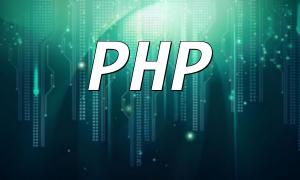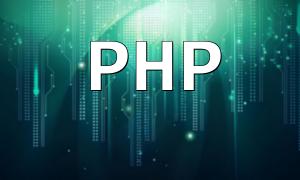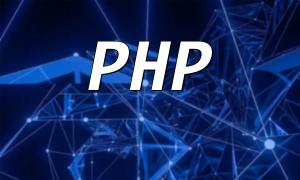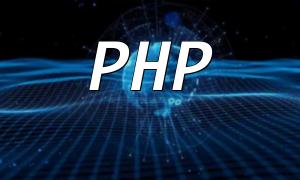API stands for "Application Programming Interface," a standardized method that allows different applications to exchange data and information. This interaction typically happens by accessing web services, which are software systems running on web servers that interact with external applications and provide access to their internal data.
PHP is a popular server-side scripting language widely used to build web applications. Using PHP to interact with API interfaces simplifies the development process, as API interfaces provide a consistent data format and operation methods, ensuring compatibility with various web services.
Next, we will guide you through the steps of using PHP to interact with API interfaces, helping you grasp essential development skills.
Before you start, you need to understand the specific language and data format used by the target API. Most API providers offer detailed documentation and sample code, which will help you better understand how to use the API.
To use PHP to interact with an API, you first need to install and configure your development environment. Tools like XAMPP, MAMP, or WAMP can help you easily set up your PHP development environment. After installation, verify that PHP is correctly installed and can run on your server.
cURL is a powerful PHP library that helps developers send HTTP requests to an API and handle the response. Below are the basic steps to interact with an API using cURL:
$url = "http://example.com/api/get_data";
$data = array(
'param1' => 'value1',
'param2' => 'value2'
);
$ch = curl_init();
curl_setopt($ch, CURLOPT_URL, $url);
curl_setopt($ch, CURLOPT_POST, 1);
curl_setopt($ch, CURLOPT_POSTFIELDS, $data);
curl_setopt($ch, CURLOPT_RETURNTRANSFER, true);
$response = curl_exec($ch);
curl_close($ch);
$result = json_decode($response, true);
Once you receive a response from the API, you need to parse the data. APIs usually return data in JSON format, and you can use PHP's `json_decode()` function to parse the JSON data and process it as needed.
Errors and issues are inevitable during development. Therefore, proper error handling and debugging techniques are crucial. Here are some tips:
By using PHP to interact with API interfaces, you can quickly access the required data and facilitate communication with web services. Mastering API basics, setting up the development environment, and using cURL and JSON parsers will significantly boost your development efficiency. Careful handling of errors and debugging will ensure a smooth development process.
Related Tags:
API








